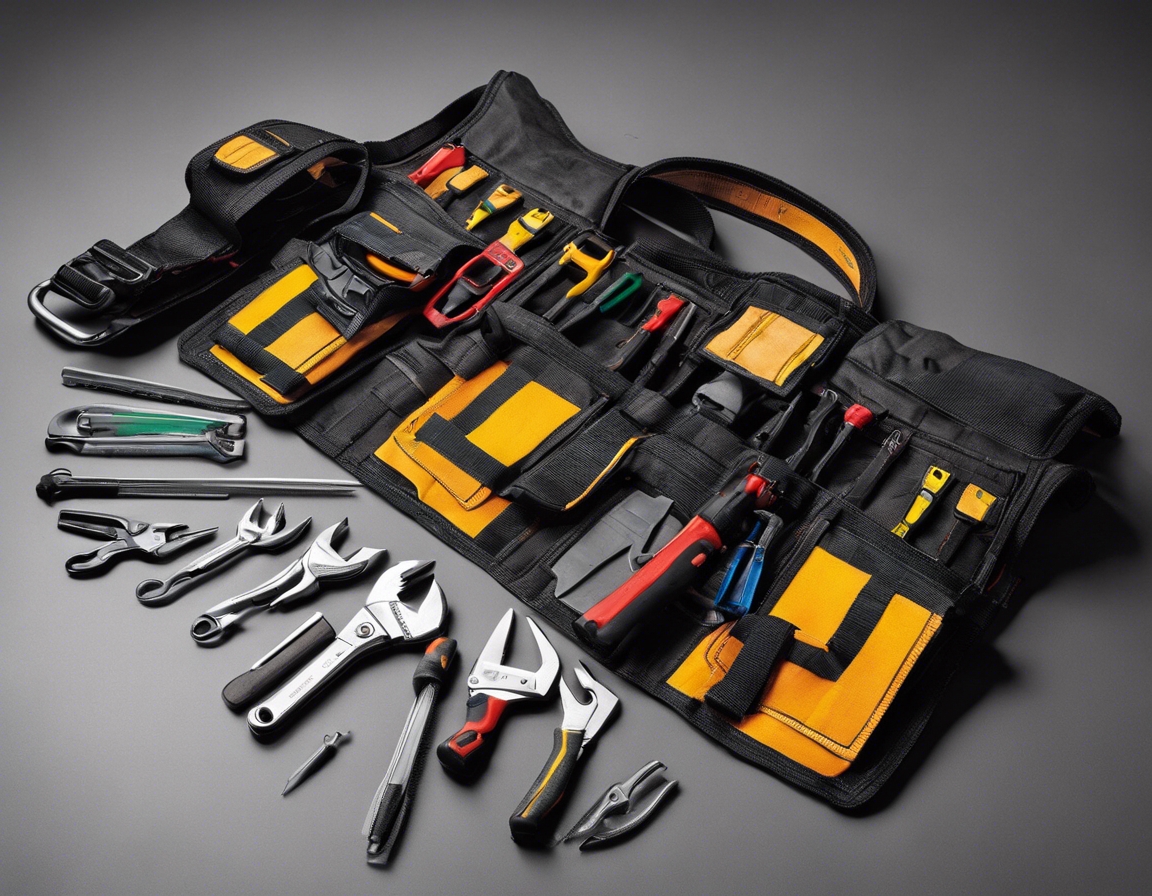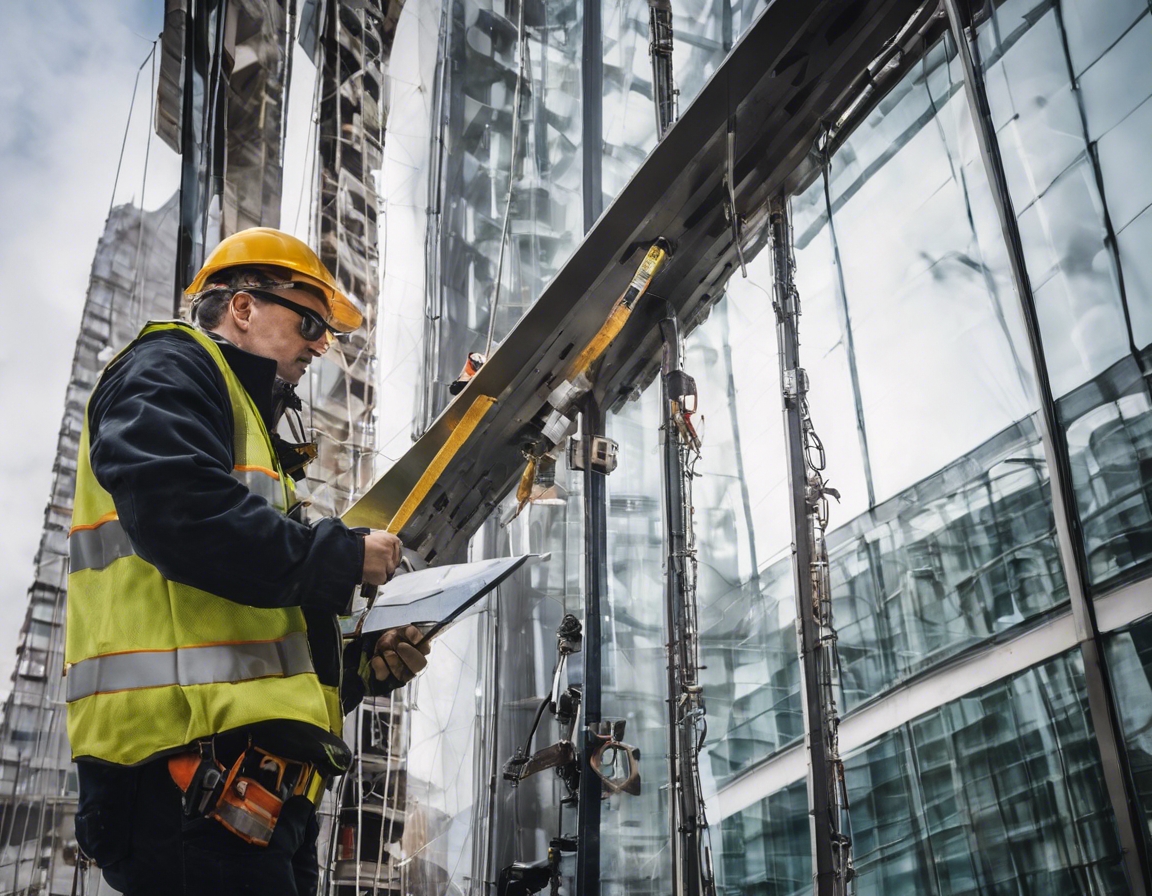The future of sustainable construction materials
Sustainable construction involves the use of processes and materials that are environmentally responsible and resource-efficient throughout a building's life cycle. This approach aims to reduce the environmental impact of buildings by conserving natural resources, reducing waste, and promoting health and well-being.
The construction industry is a significant contributor to environmental degradation, making the shift to sustainable practices not just beneficial but essential. By adopting sustainable construction materials, the industry can mitigate its impact on the environment, reduce energy consumption, and create healthier living spaces.
Emerging Sustainable Materials in Construction
Green concrete is a revolutionary material that incorporates recycled materials like slag and fly ash, reducing the carbon footprint associated with traditional concrete production. Its durability and reduced environmental impact make it a promising material for the future.
Bamboo is gaining recognition for its strength, flexibility, and rapid growth rate, making it a sustainable alternative to traditional hardwoods. Its use in construction promotes forest conservation and provides a renewable resource that can be harvested without causing ecological damage.
With the increasing problem of plastic waste, recycled plastics are being transformed into composite materials for construction. These composites are not only reducing landfill waste but also providing durable, low-maintenance options for building applications.
Myco-materials, derived from fungi, are a cutting-edge development in sustainable building materials. They are biodegradable, fire-resistant, and provide excellent insulation, showcasing the potential of organic materials in construction.
Technological Innovations Driving Sustainable Materials
3D printing technology is revolutionizing the construction industry by enabling the use of unique geometries and structures that minimize material waste. It also allows for the incorporation of sustainable materials in the printing process, further enhancing environmental benefits.
Smart materials, enhanced with nanotechnology, are being developed to respond to environmental changes, improve energy efficiency, and reduce the need for maintenance. These materials represent the future of intelligent and sustainable construction.
Self-healing concrete contains bacteria that produce limestone to fill cracks that develop over time. This innovative material extends the lifespan of concrete structures while reducing maintenance costs and materials waste.
Challenges and Considerations
While sustainable materials offer long-term savings and environmental benefits, the initial investment can be higher than traditional materials. This cost barrier can be a significant challenge for widespread adoption.
Regulations and building codes have not always kept pace with innovations in sustainable materials, creating hurdles for implementation. However, as awareness grows, regulations are beginning to change to support sustainable construction.
For sustainable materials to become mainstream, there needs to be a concerted effort in market adoption and education. Construction professionals and consumers alike must be informed about the benefits and practicalities of using sustainable materials.
The Role of Companies like SELIKO GRUPP OÜ
SELIKO GRUPP OÜ brings a wealth of expertise in specialized construction services, ensuring that complex projects are executed with precision and sustainability in mind. Their commitment to innovation positions them as a leader in the adoption of sustainable construction practices.
With a focus on sustainability and innovation, SELIKO GRUPP OÜ is at the forefront of integrating new sustainable materials into their projects. Their approach not only meets the demands of their clients but also contributes to a greener future in construction.






Comments (0)